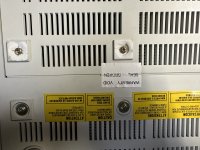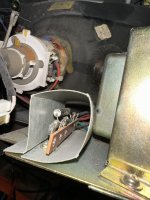No logic probe either I'm afraid. Never had to troubleshoot a CRT before.
I am young enough to hear the normal high-pitched CRT noise, is that what you're referring to here? I hear nothing from the 5151, no crackling, nothing.
I'll try to get it open soon.
I am young enough to hear the normal high-pitched CRT noise, is that what you're referring to here? I hear nothing from the 5151, no crackling, nothing.
I'll try to get it open soon.



